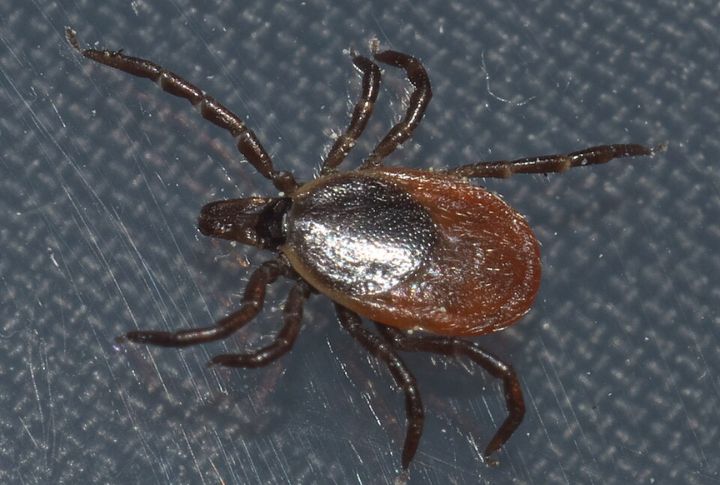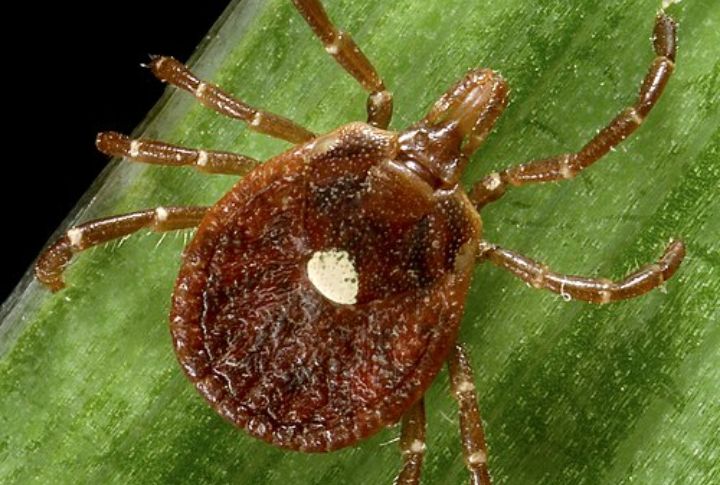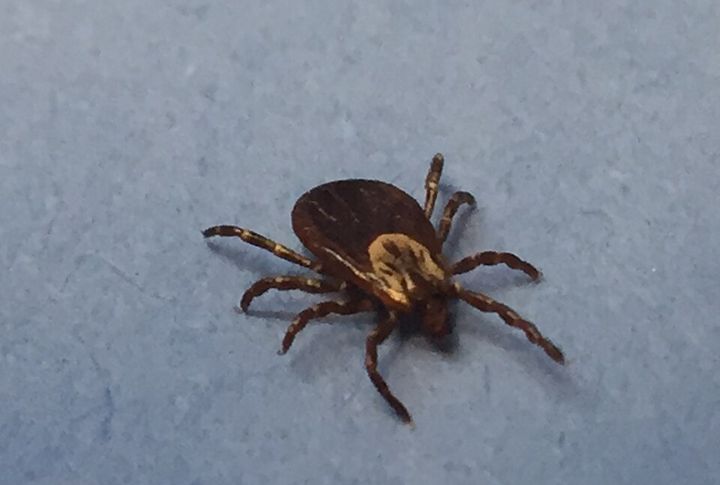
Ticks are tiny creatures that carry serious diseases and affect thousands of people each year. Taking the right precautions can prevent many of these illnesses, which starts by staying informed. So, let’s take a closer look at some common tick-borne diseases in the U.S. and learn how to spot them early for a quicker recovery.
Lyme Disease

Over 30,000 people annually in the U.S. are affected by Lyme disease, which is caused by Borrelia burgdorferi. The black-legged tick is the primary vector. Early signs often include fever, headache, and a distinctive rash with a bull’s-eye pattern. The disease’s name comes from Lyme, Connecticut, where the illness was first clearly identified and studied.
Rocky Mountain Spotted Fever

Rocky Mountain spotted fever, carried by the American dog tick, can lead to severe organ damage if left untreated. There are approximately 2,000 cases of this fever reported annually. Recognizing early symptoms such as rash and fever is essential for survival.
Anaplasmosis

Black-legged ticks transmit anaplasmosis, and the rise of this illness raises a serious alarm. There have been over 3,000 cases yearly. Since symptoms can mimic those of the flu, misdiagnosis is possible. However, delayed treatment can lead to serious complications. So, always seek a doctor’s advice if you experience flu-like symptoms after a tick bite.
Babesiosis

Babesiosis is a condition caused by a parasite transmitted by the black-legged tick. This disease feels eerily like malaria, so it’s also known as “tick malaria.” Babesiosis strikes more than 1,000 individuals each year in the U.S., often in areas of dense tick populations.
Ehrlichiosis

Each year, Ehrlichiosis infects 1,000 to 2,000 people, primarily through the lone star tick. Though rare, its symptoms can be severe. Early recognition and treatment are important, as quick treatment can prevent long-term complications. Noticing the early symptoms is your best defense here.
Mild Spotted Fever Disease

Mild spotted fever disease is caused by the bacterium Rickettsia parkeri. Transmitted mainly by the Gulf Coast tick (Amblyomma maculatum), it primarily affects the southeastern and mid-Atlantic states. However, the disease is now expanding into the Southwest and Northeast regions.
Southern Tick-Associated Rash Illness (STARI)

Now, this one mimics Lyme disease, so doctors can’t definitively diagnose it. STARI is also linked to the lone star tick. Victims face a rash and flu-like symptoms, and the lack of a concrete diagnostic test only adds to the mystery around this elusive illness.
Rabbit Fever

Rabbit fever (Tularemia) is a contagious disease spread by tick bites. Symptoms include swollen lymph nodes and ulcers. The tick affects 200-300 Americans annually, and this highly contagious illness can be fatal without treatment. The best course of action is to avoid wildlife in tick-infested areas and protect yourself.
Powassan Virus

Despite its rarity, Powassan virus shouldn’t be underestimated. Fewer than 100 cases are reported annually, but it can be transmitted within 15 minutes of a tick bite. The bite attacks the nervous system and can cause brain swelling or permanent damage in some cases.
Borrelia Miyamotoi

This lesser-known relative of Lyme disease is spread by the same black-legged tick. Borrelia miyamotoi can cause fever, chills, fatigue, and even neurological issues in severe cases. Unlike Lyme, it doesn’t usually cause a bull’s-eye rash, which makes early detection more difficult. Blood tests are the primary diagnostic tool.

